Tagged Stories: "U.S. Geological Survey (USGS)"
My Clean Water Story: Sophie Waterman
July 26, 2024Putting people at the center of my clean water career
Read story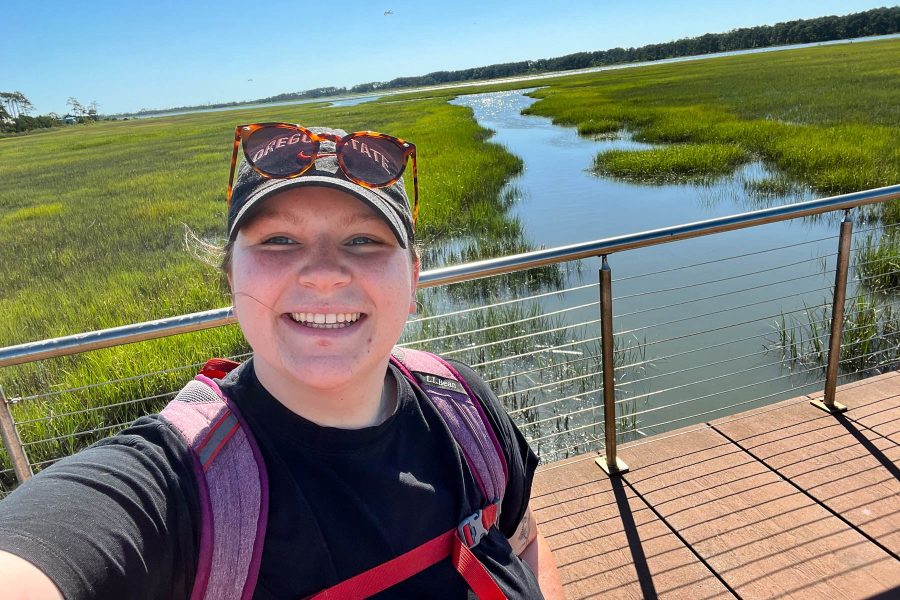
The Chesapeake Bay sees its smallest dead zone in 39 years
November 28, 2023The 2023 dead zone was the smallest on record
Read story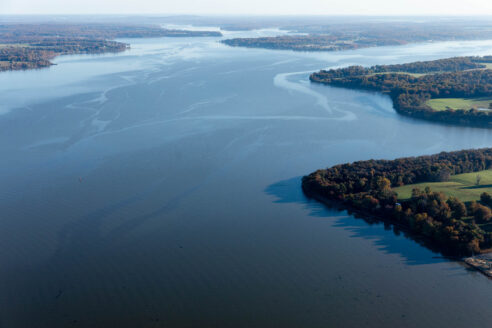
Six key programs that monitor the health of the Chesapeake Bay watershed
April 17, 2023Detecting changes over time guides environmental protection
Read story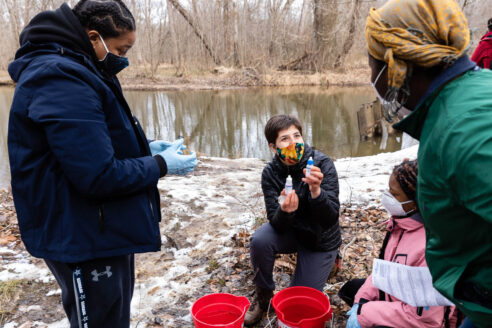
Bay’s dead zone is predicted to be 13% smaller this summer
June 28, 2022Thank cooler temperatures and less rainfall for a below average hypoxia forecast
Read story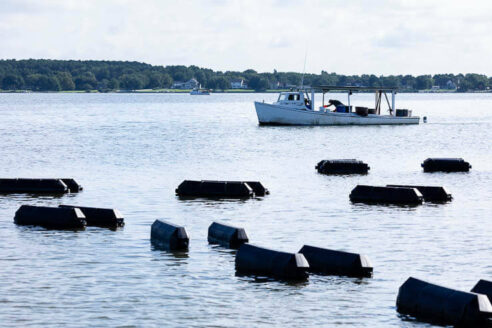
What we’ve learned from exploring a century of nitrogen pollution
June 6, 2022Bay Program partners collaborate on an award-winning report
Read story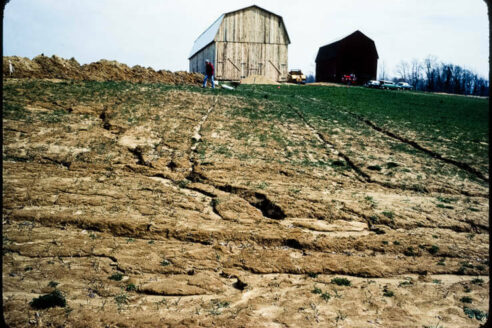
A powerful data set blazes an even more groundbreaking, new trail
May 17, 2022Very high-resolution land use and land cover show critical insights about the landscape of the watershed
Read story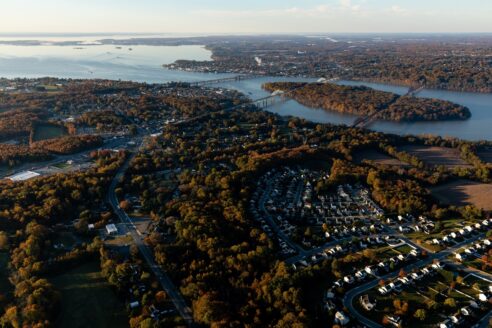
Federal agencies working in the Chesapeake commit to take action against climate change
April 28, 2022Proposed activities highlight vulnerable communities, wildlife and threatened habitats in the region
Read story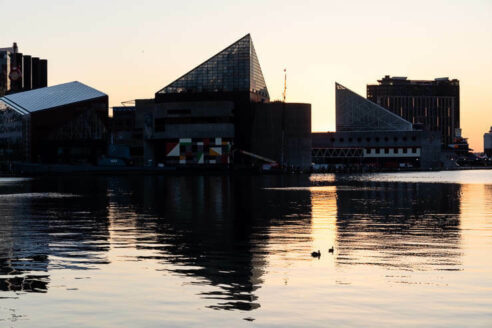
Experts find an average Chesapeake Bay dead zone in 2021
November 30, 2021Hot weather and mild winds contribute to the dead zone sticking around longer into the fall
Read story
Chesapeake Bay researchers go with the flow
November 15, 2021Researchers determine how changes in stream flow affect biological health
Read story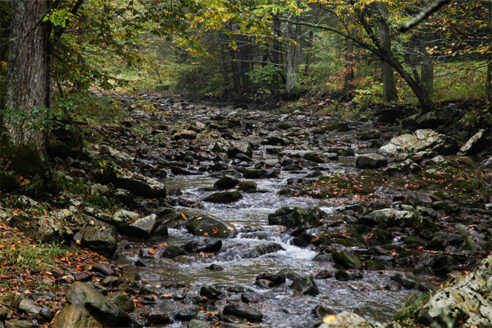
Spring weather leaves researchers optimistic for a small summer dead zone
June 23, 2021Ongoing efforts to reduce nutrient and sediment pollution also play a role
Read story
